 On 11 July 2024 at about 10:45am, British Divers Marine Life Rescue (BDMLR) received a report of a mass stranding of long-finned pilot whales on the isle of Sanday in Orkney, Scotland. They found 77 animals high up the beach, having evidently been stranded for several hours already. 65 of the whales were already dead and the 12 remaining whales were in a poor state.
On 11 July 2024 at about 10:45am, British Divers Marine Life Rescue (BDMLR) received a report of a mass stranding of long-finned pilot whales on the isle of Sanday in Orkney, Scotland. They found 77 animals high up the beach, having evidently been stranded for several hours already. 65 of the whales were already dead and the 12 remaining whales were in a poor state.
“Sadly the remaining 12 pilot whales have been euthanized due to their condition deteriorating from the many hours they have spent stranded on the beach,” the BDMLR said in a statement late Thursday.
“Pilot whales are a really social species. They really rely on their family bonds. So, it might have been that just one of them got into difficulty and the rest of the pod just stranded with it because they stick together,” BDMLR rescue and community coordinator Molly Brown told the Reuters news agency. “In moments of need, they never leave each other’s side.”

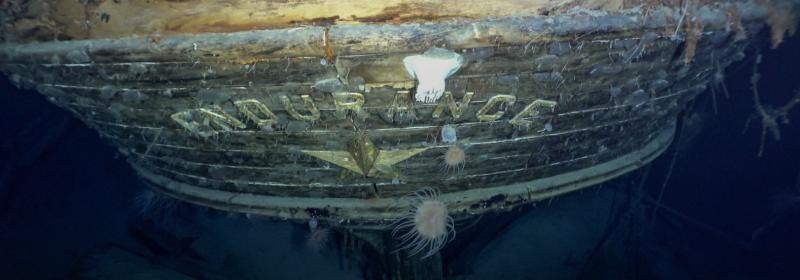 In March of 2022,
In March of 2022, 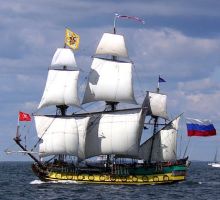 A few days before one of the world’s largest maritime gatherings, the crew of the Russian sailing ship
A few days before one of the world’s largest maritime gatherings, the crew of the Russian sailing ship 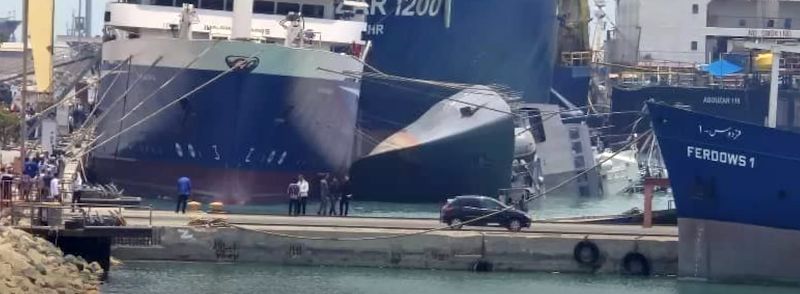 The Iranian
The Iranian 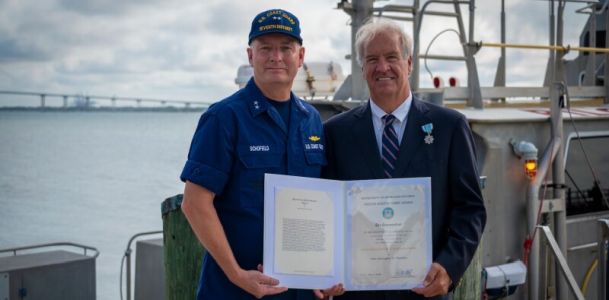
 An updated repost fitting for the day.
An updated repost fitting for the day. A fascinating story from
A fascinating story from  As of July 1, a ban on heavy fuel oil (HFO) for ships has come into effect in Arctic waters. The UN International Maritime Organization (IMO) ban on HFO, however, includes significant loopholes that will allow the vast majority of ships operating in the Arctic to use the fuel until 2029.
As of July 1, a ban on heavy fuel oil (HFO) for ships has come into effect in Arctic waters. The UN International Maritime Organization (IMO) ban on HFO, however, includes significant loopholes that will allow the vast majority of ships operating in the Arctic to use the fuel until 2029.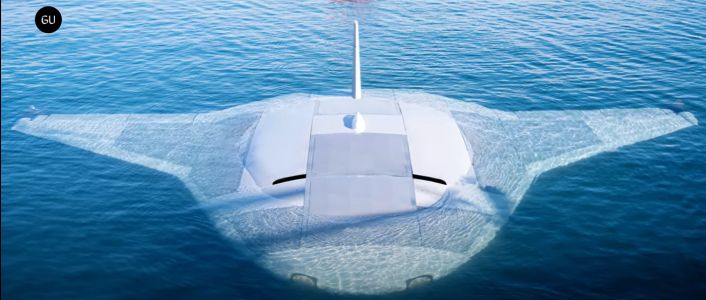 The Ukrainian Magura V5 naval drones have proven to be fast, deadly, and cheap. As we posted last August, Ukrainian naval drones are
The Ukrainian Magura V5 naval drones have proven to be fast, deadly, and cheap. As we posted last August, Ukrainian naval drones are 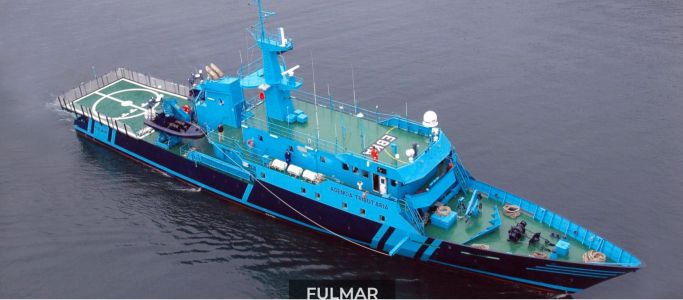
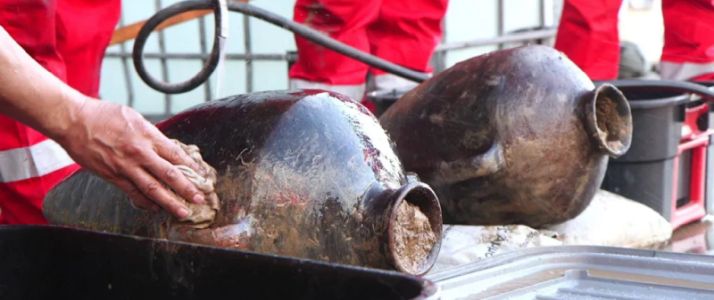
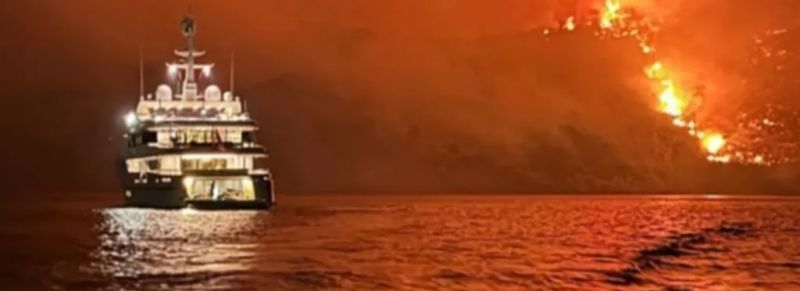
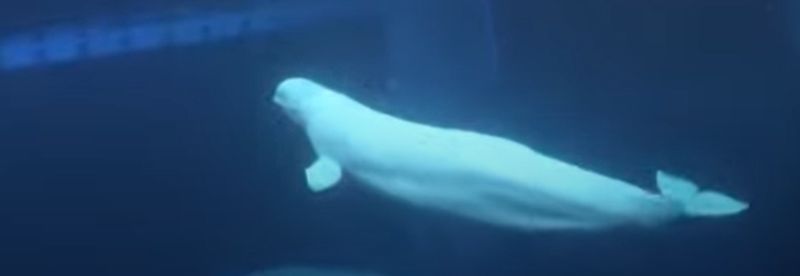
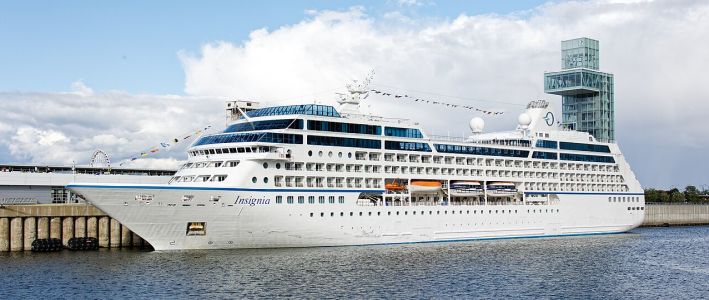 The cruise ship
The cruise ship 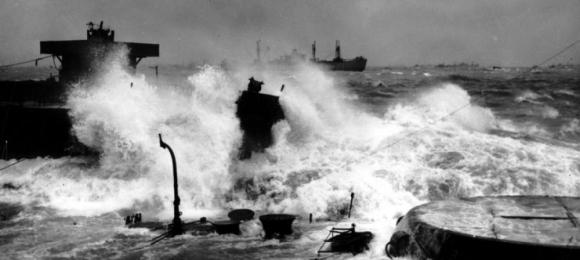
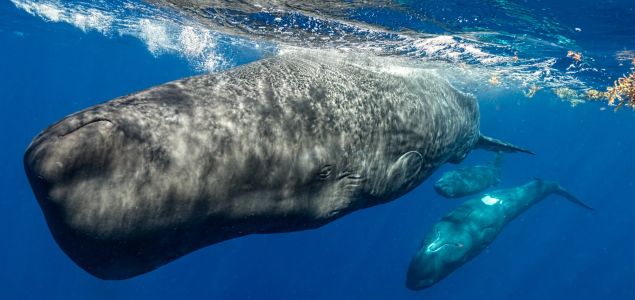
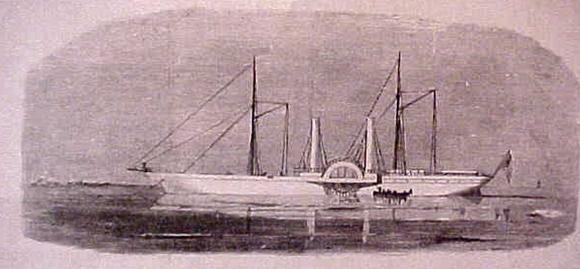
 Sometimes the final miles can take the longest to travel. A full decade after being carried by heavy-lift ship over 10,000 nautical miles from Scotland to her namesake port city,
Sometimes the final miles can take the longest to travel. A full decade after being carried by heavy-lift ship over 10,000 nautical miles from Scotland to her namesake port city,